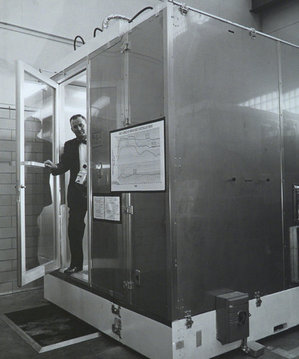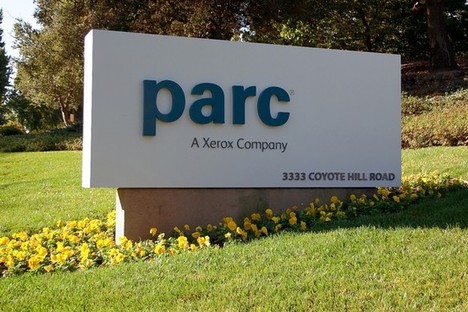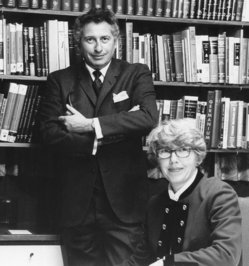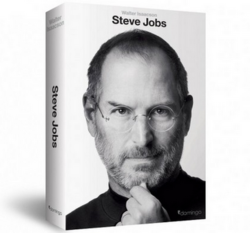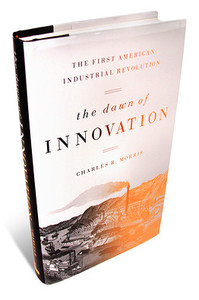![]()
Source of book image: http://graphics8.nytimes.com/images/2012/04/01/business/01-SHELF/01-SHELF-articleInline.jpg
(p. C12) Tomes by management gurus telling you how to remake your company are a dime a dozen. Well-researched case studies are much rarer. In “American Icon,” Bryce G. Hoffman takes a careful look at how Alan Mulally, recruited from Boeing in 2006, restructured Ford Motor Co. in the midst of the steepest economic downturn since the 1930s. An engineer with no automotive background, Mr. Mulally came into a company on the verge of collapse and brought it back with insistent demands for accountability, information-sharing and tough decisions. Mr. Hoffman, who wrote this book with the company’s cooperation, provides a fascinating and detailed examination of how a dynamic leader brought about change. He makes clear that much of the credit goes to others, not least Don Leclair, then the chief financial officer, who, even before Mr. Mulally’s arrival, was arranging to mortgage everything up to Ford’s blue-oval trademark to amass the $23.6 billion in cash that enabled the company to survive the recession.
For the full review essay, see:
Marc Levinson. “Boardroom Reading of 2012.” The Wall Street Journal (Sat., December 15, 2012): C12.
(Note: the online version of the review essay has the date December 14, 2012.)
The book under review, is:
Hoffman, Bryce G. American Icon: Alan Mulally and the Fight to Save Ford Motor Company. New York: Crown Business, 2012.


